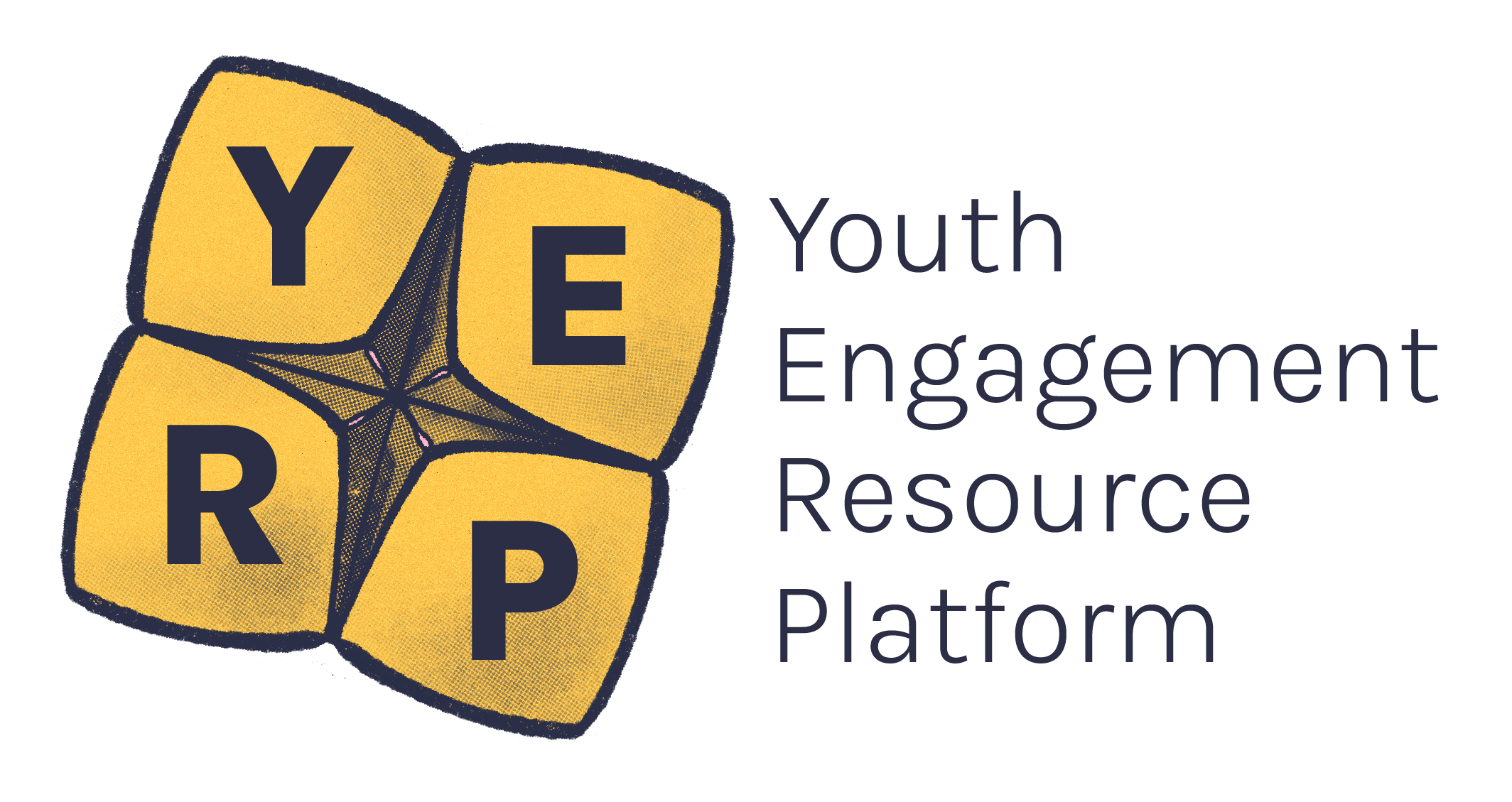What is Disability?
Many people wonder this as they embrace disability acceptance and pride. Those of us with disabilities are often told we need to "fix" something about ourselves to be “normal”. This view of disability is called the medical model of disability. This model views disability as a problem to be corrected.
Models of disability shape our understanding of what disability is. While the medical model focuses on a deficit, there are other ways to understand disability that can empower us, not diminish.
The social model of disability emerged in the 1970s from disabled activists. This model says that it’s societal barriers that disable us, not our differences. It advocates for changes to make society more inclusive and accessible so society works for everyone, not the other way around.
Human Rights Model of Disability
The human rights model of disability is an emerging model based on the United Nations Convention on the Rights of People with Disability (UNCRPD). It provides tools for disabled people and communities to advocate under the law for their human rights. It aims for a world where everyone, regardless of disability, can fully participate because our rights are upheld.
Why it Matters
Understanding these models can change how we see ourselves and others. This can help push us towards a more inclusive society. The human rights model highlights our power to create change and emphasises the global rights of people with disability.
Taking Action
Your actions are powerful. Here are three steps to advocate for our human rights:
- Learn about the human rights model and educate others.
- Speak up against injustices to ensure our human rights are upheld in all areas.
- Get involved in advocating for a society where everyone’s contributions are valued and their rights are respected.
Remember
The human rights model of disability aims for a future where everyone can participate equally and is treated with respect. It encourages us to dream big and provides tools to break barriers. Together, we can create an inclusive world for all.




